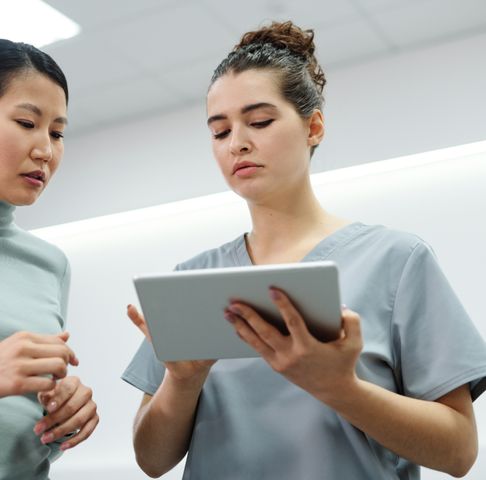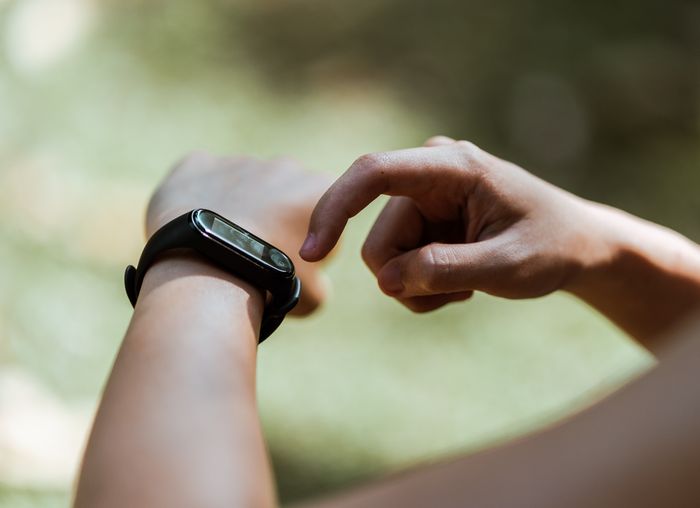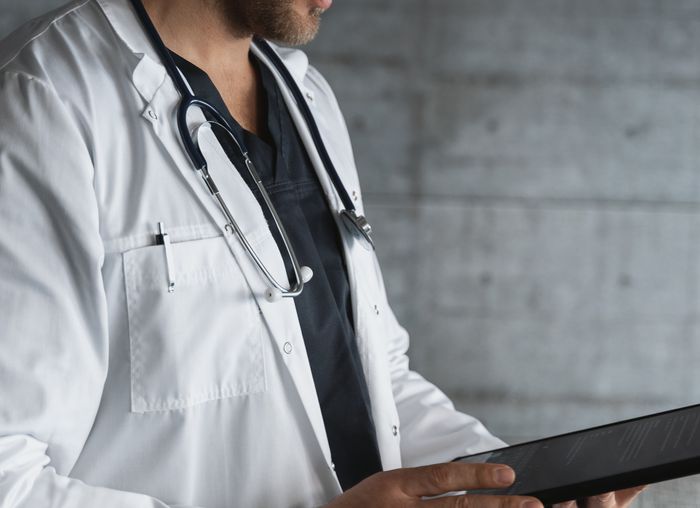The healthcare system in Benelux is internationally well-regarded. At the same time, healthcare faces various challenges, such as aging, leading to a larger portion of the population requiring continuous care. Controlling high healthcare costs and the increasing shortage of healthcare workers are also issues that impact the healthcare landscape.
The 'connected hospital' is a vision for the future that helps address these challenges and enables hospitals to fully focus on delivering the best possible quality of care. But what is the connected hospital? And how can we turn this beautiful vision of the future into reality? You can read about it in this blog article.
What is the connected hospital?
The connected hospital is a hospital where connectivity takes top priority, and all IT services, systems, and applications collaborate optimally. This concept arises from the growth of connected devices. Examples include sensors connected to healthcare apps, monitoring systems, or fall detection alarm systems. Another example is apps linked to digital portals that allow patients to measure and input important health values themselves.
The connected hospital represents an environment designed for hospitals to concentrate on delivering the best quality of care to their patients. At the same time, such a hospital 2.0 provides an efficient workplace for doctors, nurses, and everyone involved in the healthcare process. Optimal connectivity is the key to cost-efficient top-notch healthcare. When all hospitals in the country are connected, it improves patient care and administrative capabilities for doctors and other healthcare staff.
The benefits of the connected hospital
The connected hospital has benefits for everyone involved in healthcare processes. Let's briefly outline the key advantages.
Benefits for nurses
The connected hospital allows nurses to monitor multiple patients or clients from one main station. This is a central platform where data converges in a clear interface, and various applications and healthcare systems are also connected. At the main station, nurses receive alerts and notifications if something is wrong with a patient, and they can continuously measure all health values of people on a ward or healthcare location. All the information they need to mitigate and minimize risks is just a mouse click away.
Benefits for doctors
By integrating applications and data from different systems, doctors always have the best and most up-to-date patient information. Moreover, they can view, analyze, and compare this data in a central environment. This enables doctors to make better-informed decisions that benefit patients in the form of improved health advice and more effective treatment methods.
Procedures in operating rooms are also easier to streamline in the connected hospital. For example, consider TRLS tagging for people and equipment. With this technology, you can track devices and people, ensuring that the necessary individuals and essential surgical tools are always present in the operating room.
Benefits for patients and relatives
Because knowledge sharing and optimal technological reliability are central in the connected hospital, you can confidently assume that a patient receives the correct dosage of the right medication and can rely on the best possible care from medical staff. Modern wireless technology also offers alternatives to being tied to wired medical devices.
How do we get there?
Although healthcare has made significant progress, there are still several steps to be taken to realize the ideal of the fully connected hospital.
To achieve the desired future vision, the following are essential:
- Wired or, preferably, wireless access. This is necessary to securely and reliably connect people, machines, video monitors, and external devices.
- Advanced cloud technology that guarantees ultra-low latency in data transfer. This is especially crucial for critical machine communication in processes like remote surgery or robotic surgery. Double redundancy is also essential as it reduces the risk of network interruptions to almost zero.
- Software that allocates capacity where and when needed. For example, supporting the data transfer of genome sequences, medical imaging files, or analysis processing.
- Technologies that support the processing and analysis of data. Artificial intelligence (AI) and machine learning provide insights (such as predictive health models) that enable better diagnoses, treatments, and rehabilitation paths. Techniques like AI and VR allow the simulation of human body parts, ideal for virtually testing treatment methods or providing education to patients and their families.
How does Eurofiber help?
Eurofiber is the only provider in Belgium that can demonstrate where the cables of your connection are located. We show this through drawings and floor plans, ensuring you are 100% certain that your connection is redundant and there is no chance of interruption in your healthcare. Additionally, Eurofiber guarantees that maintenance on two separate connections never occurs simultaneously.
Furthermore, we are partner-independent and offer an open network. With a Eurofiber fiber-optic connection, you not only connect your locations yourself but also collaborate seamlessly with suppliers that best suit your organization. Flexibility, scalability, security, and simplicity while maintaining your own digital highway – that's what we stand for.
More information
Are you interested in (further) building the connected hospital of the future? And are you looking for the technology and connectivity solutions that make this possible? Then Eurofiber is happy to assist you. Feel free to call +32 (0)2 307 12 00 or fill out the contact form on our website.




